Flies Management

Types of Flies :

| Image | Species | Breeding Locations |
|---|---|---|
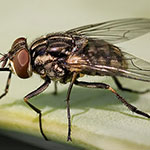 | House Flies | Food and animal faeces in dumpsters, garbage, and compost piles. |
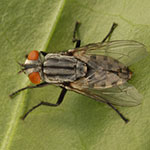 | Flesh Flies | Animal faeces, dead animals and meat scraps. |
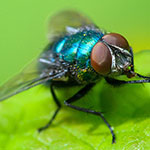 | Blow Flies | Dead animals, meat scraps and wet garbage. |
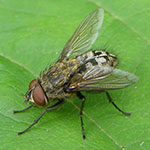 | Cluster Flies | lays eggs in earthworm burrows in the lawn. |
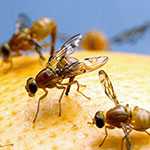 | Fruit Flies | Decomposing fruits, but will breed in frementing beer, vegetables, mops rags, drains, pet food, and condensation or leaks from appliances. |
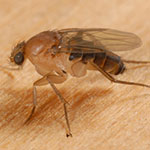 | Phorid FLies | Decomposing plants and animals such as buried animals, garbage, or broken underground sewer lines. |
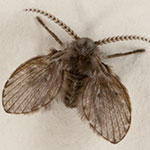 | Moth and Drain FLies | Gelatinous material found in sink drains, traps and sewers. Also decomposing foods that are becoming liquefied. Fungus gnats Fungus on decaying vegetation found in moist soil in flower. |
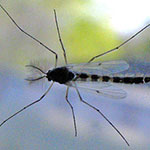 | Midges | Water, especially still water, soil where garbage leaks or garbage cans are rinsed, and mops and cleaning rags can be problem too. |
Flies have been a nuisance insect for thousands of years. They affect human welfare because they can transmit diseases. Flies such as the common house fly are classified as filth flies because they breed in rotten food, manure, and garbage. A fly can mature from egg to adult in as few as ten days. This quick maturity can cause a severe fly problem in a short period of time. Getting rid of flies long term begins with proper sanitation and exclusion. To kill the existing fly population insecticides are used. The insecticides come in residual forms, aerosols, fogging materials, and baits. Fly Lights with distinctive UV spectrums are also popular for attracting flies and trapping them. Fly lights are most popular in commercial establishments because they work well.
An effective fly control program begins with sanitation and exclusion management. After sanitation and exclusion, we carry a wide assortment of insecticides that come in residual forms, aerosols, fogging materials, and baiting forms. Fly Lights with distinctive UV spectrums attract flies and traps them. These are popular in commercial establishments

 +91 97876 41122
+91 97876 41122